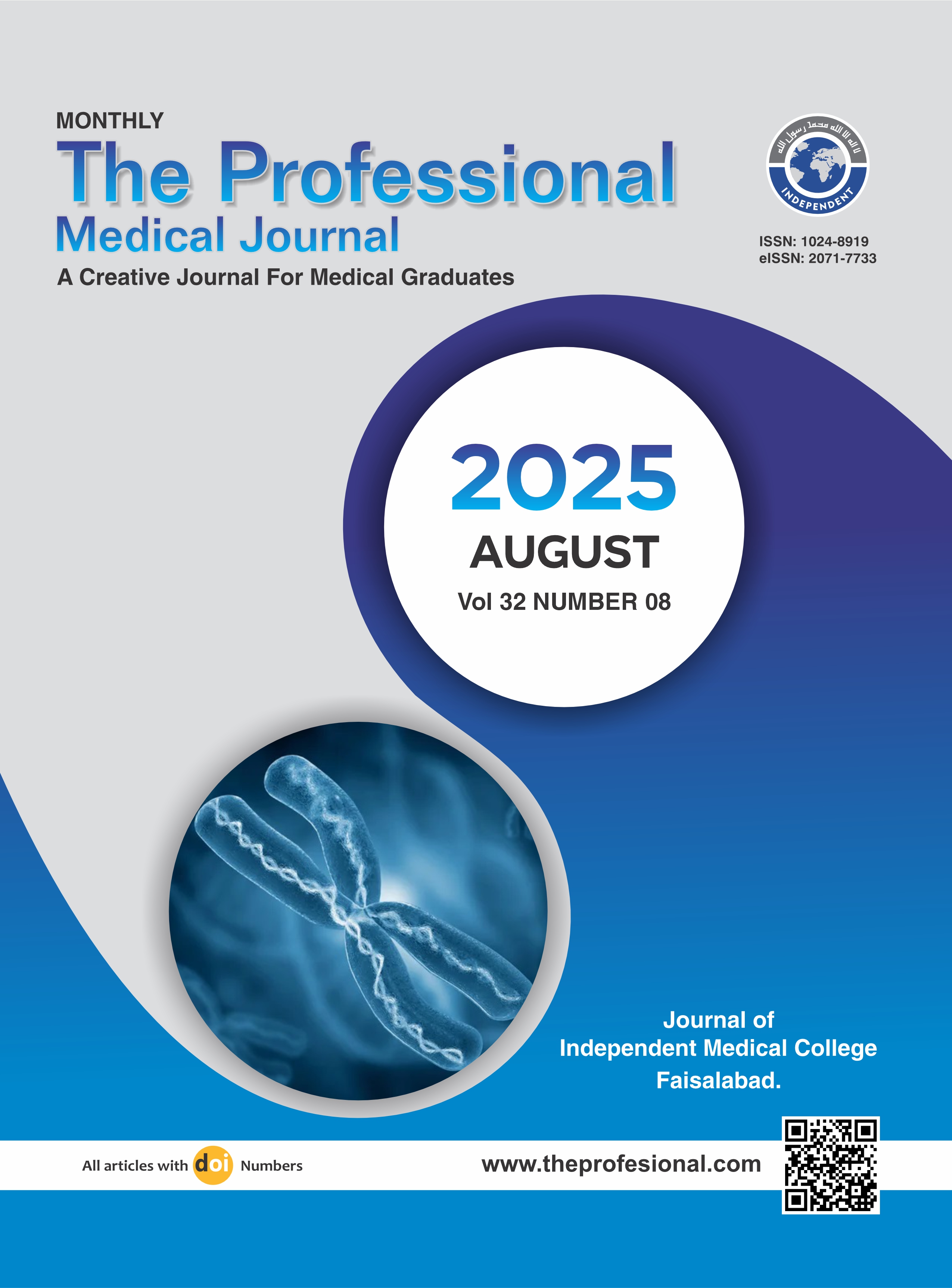Microbial profile and antimicrobial susceptibility pattern in diabetic foot ulcer patients attending a tertiary care hospital.
DOI:
https://doi.org/10.29309/TPMJ/2025.32.08.9179Keywords:
Antimicrobial Resistance, Antibiotic Susceptibility, Diabetic Foot Ulcer, Multidrug-resistant Bacteria, Microbiological ProfileAbstract
Objective: To determine the frequency of culture-positive DFUs, identify the microbial profile, and analyze the antimicrobial susceptibility patterns among diabetic patients at Ghulam Muhammad Mahar Medical College (GMMMC) Hospital, Sukkur. Study Design: Cross-sectional study. Setting: Department of Medicine, Ghulam Muhammad Mahar Medical Teaching Hospital, Sukkur. Period: January 2024 to June 2024. Methods: 150 diabetic patients with DFUs. A non-probability consecutive sampling technique was used. Culture and sensitivity testing were performed on tissue samples collected from infected ulcers. Frequencies, percentages, means, and standard deviations were calculated. Results: Of the 150 DFU cases, 72 (48.0%) were culture-positive. The most commonly isolated organisms were Escherichia coli (29.2%), Klebsiella pneumoniae (25.0%), Staphylococcus aureus (23.6%), and Pseudomonas aeruginosa (22.2%). The highest antibiotic sensitivity was observed for cephalosporins (60.7%), followed by vancomycin (12.7%). The highest resistance was noted against cephalosporins (39.3%) and penicillin (37.5%). Conclusion: The study highlights a high burden of MDR infections in DFUs, necessitating improved antibiotic stewardship and infection control measures. Routine culture-based sensitivity testing should be integrated into clinical practice for targeted antibiotic therapy. Further research on biofilm formation and novel antimicrobial therapies is recommended to enhance DFU management and reduce complications.
Downloads
Published
Issue
Section
License
Copyright (c) 2025 The Professional Medical Journal

This work is licensed under a Creative Commons Attribution-NonCommercial 4.0 International License.


